Sony X90L vs Sony X90K: what's different in Sony's 2023 mid-range 4K TV?
The company’s new full-array LED panel goes up against its 2022 predecessor
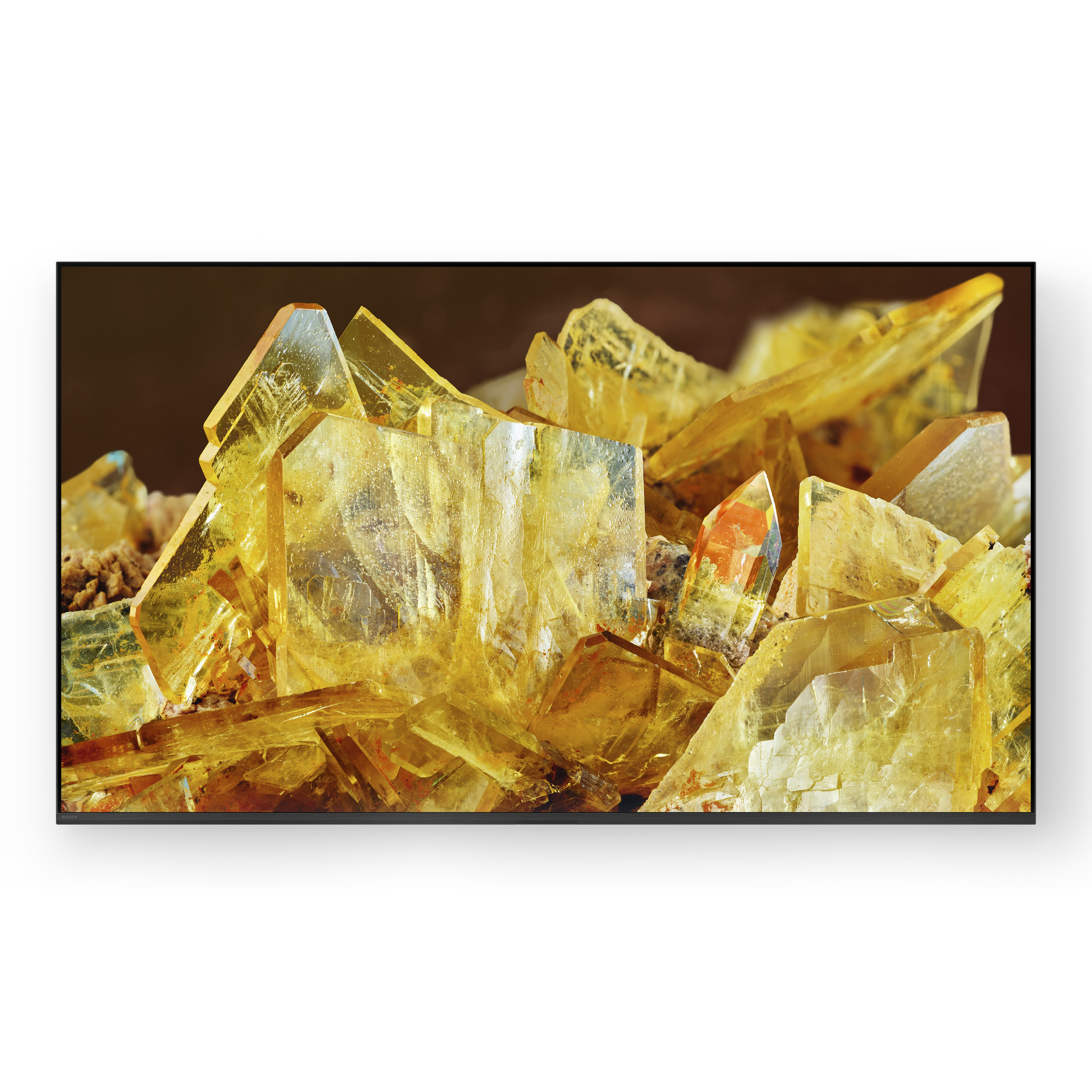
Sizes: 55, 65, 77, 83, 97 inches
Screen tech: Full-array LED
Processor: Cognitive Processor XR
HDMI: 4x HDMI 2.1
HDR: Dolby Vision, HDR10, HLG
Sony’s new X90L TV for 2023 looks significantly brighter than last year’s X90K, thanks to a new backlight that also delivers improved local dimming for better contrast. With new picture processing and gaming features, including a new Game Menu, the X90L should be a great all-around option, and likely at a reasonable price.
Pros
- Even brighter and bolder
- More precise local dimming
- New gaming features
Cons
- Still some blooming
- Possible film grain sharpening issues
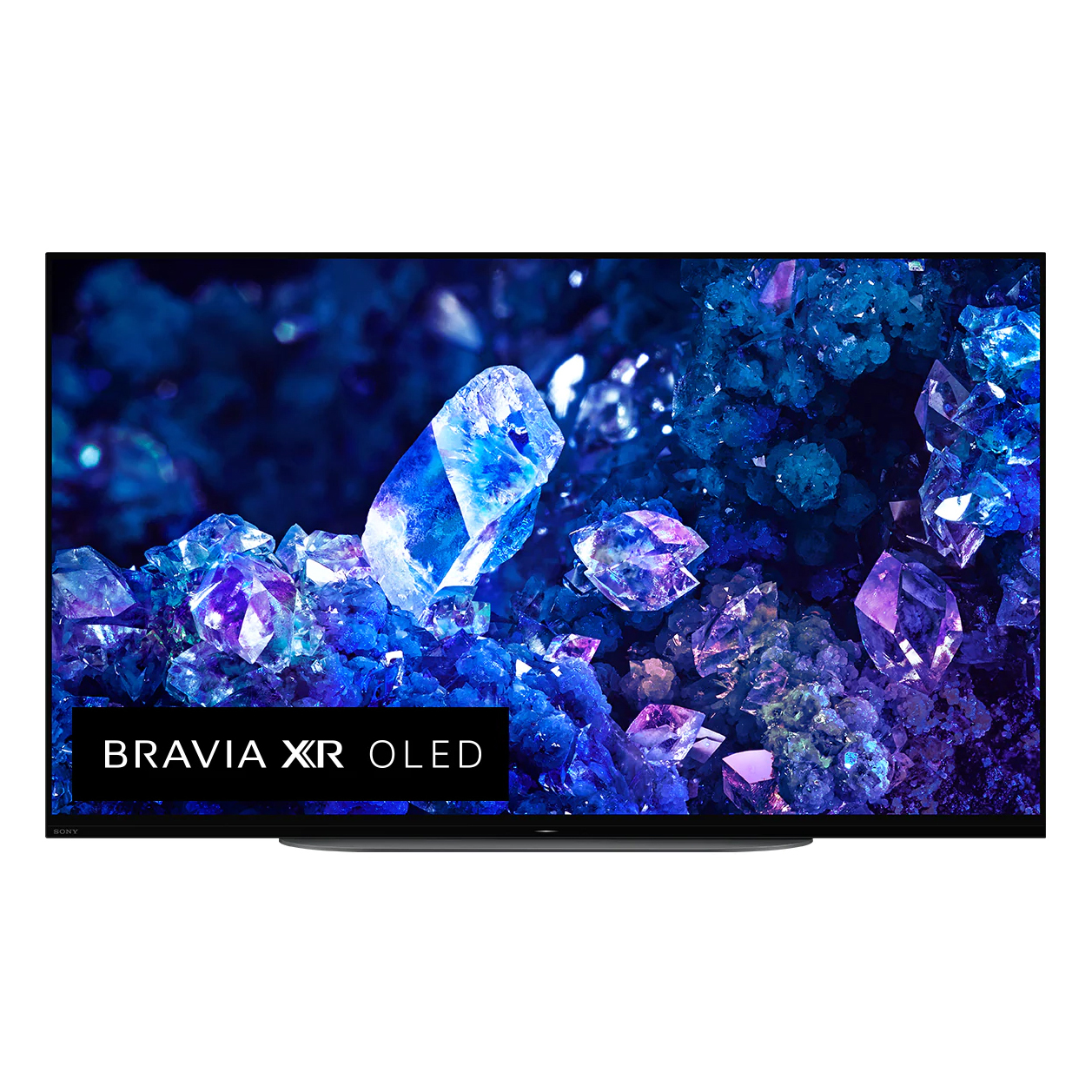
Sizes: 55, 65, 77, 83 inches
Screen tech: Full-array LED
Processor: Cognitive Processor XR
HDMI: 4x HDMI 2.1
HDR: Dolby Vision, HDR10, HLG
As Sony’s next-to-flagship LCD TV from 2022, the X90K series delivers impressive performance for the price. Its full-array LED backlight features local dimming for deep blacks, and it's got great next-gen gaming features. It's notable less bright and its contrast is less impressive than the X90L, but it'll be great value while stock runs down.
Pros
- Good contrast overall
- Strong gaming features
- Great value
Cons
- Not as bright
- Picture fade at far off-center seats
The Sony X90L and the Sony X90K are TVs that aim to toe the line between delivering high-end features without pushing into high-end pricing. They have features to match the best gaming TVs, and feature impressive brightness and contrast from their full-array local dimming backlights.
Last year, the Sony X90K proved to be one of the best-value TVs of 2022, and we’re hoping the Sony X90L, which is the 2023 equivalent, will once again hit that sweet spot between price and performance. We recently went hands-on with the Sony and were impressed at the major improvements over its predecessor when it comes to brightness, colors and contrast.
But how does the X90L stack up against its older sibling? Below, we compare the prices, screen sizes, features and design differences between the two X90L and X90K ranges to help you decide which TV could be the better option for your viewing needs.
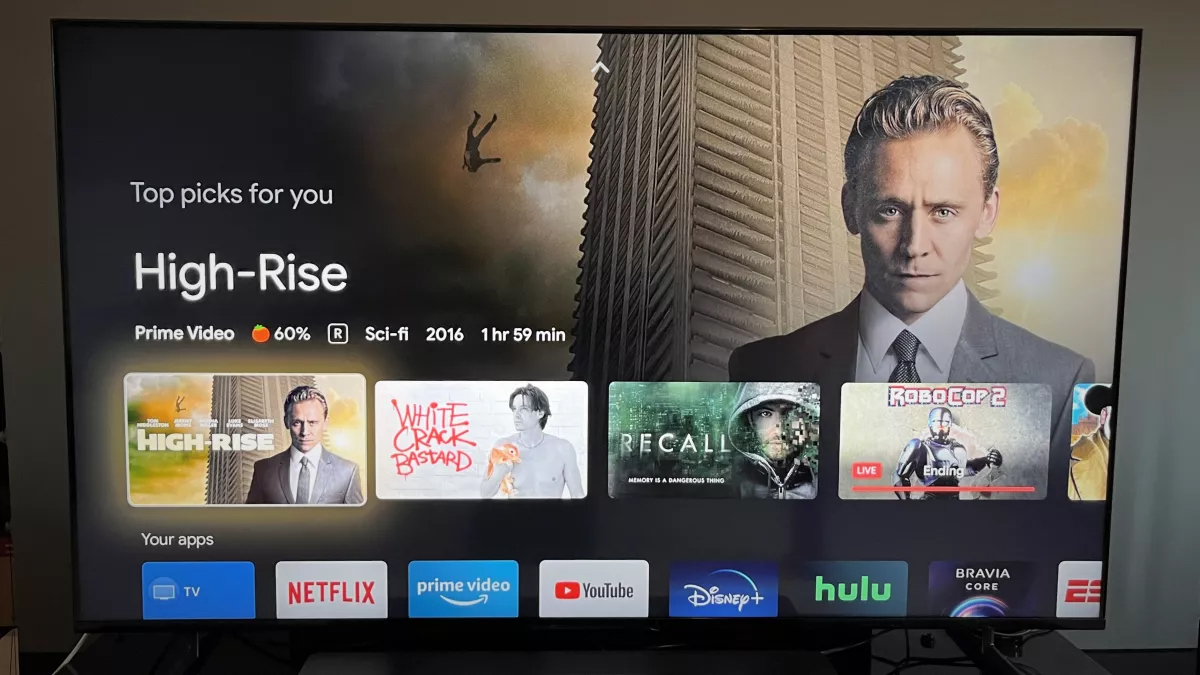
Sony X90L vs Sony X90K: Price, sizes and availability
Sony has yet to announce the prices for its X90L range, but we do know it will be available in 55-, 65-, 75-, 85-, and 98-inch screen sizes. And no, that last one isn’t a typo – Sony really is releasing such a colossus..
Based on last year’s X90K launch prices when the range first shipped last April, we estimate that the X90L will sell at the following price points:
The Sony X90L will (likely) cost you:
- XR-55X90L: $999 / £899 / AU$1,675
- XR-65X90L: $1,299 / £1,299 / AU$1,885
- XR-77X90L: $1,699 / £1,699 / AU$2,785
- XR-85X90L: $2,299 / £2,699 / AU$4,265
Last year’s X90K range comes in four sizes, ranging from the smallest 55-inch version to the grandest 85-incher. The X90K has dropped in price a little since it launched, though the 55-inch model is now frustratingly hard to find in the UK:
Sign up for breaking news, reviews, opinion, top tech deals, and more.
- XR-55X90K: $899 / £899 / AU$1,695
- XR-65X90K: $999/ £1,099 / AU$1,995
- XR-77X90K: $1,399 / £1,499 / AU$2,495
- XR-85X90K: $1,999 / £2,299 / AU$3,695
Though no official release date has been announced for the X90L range, we’re expecting Sony’s new LED TVs to launch in either April or May. The X90K still offers good value, especially if you can get it with extra discount, which you'll see more of as the new models approach.
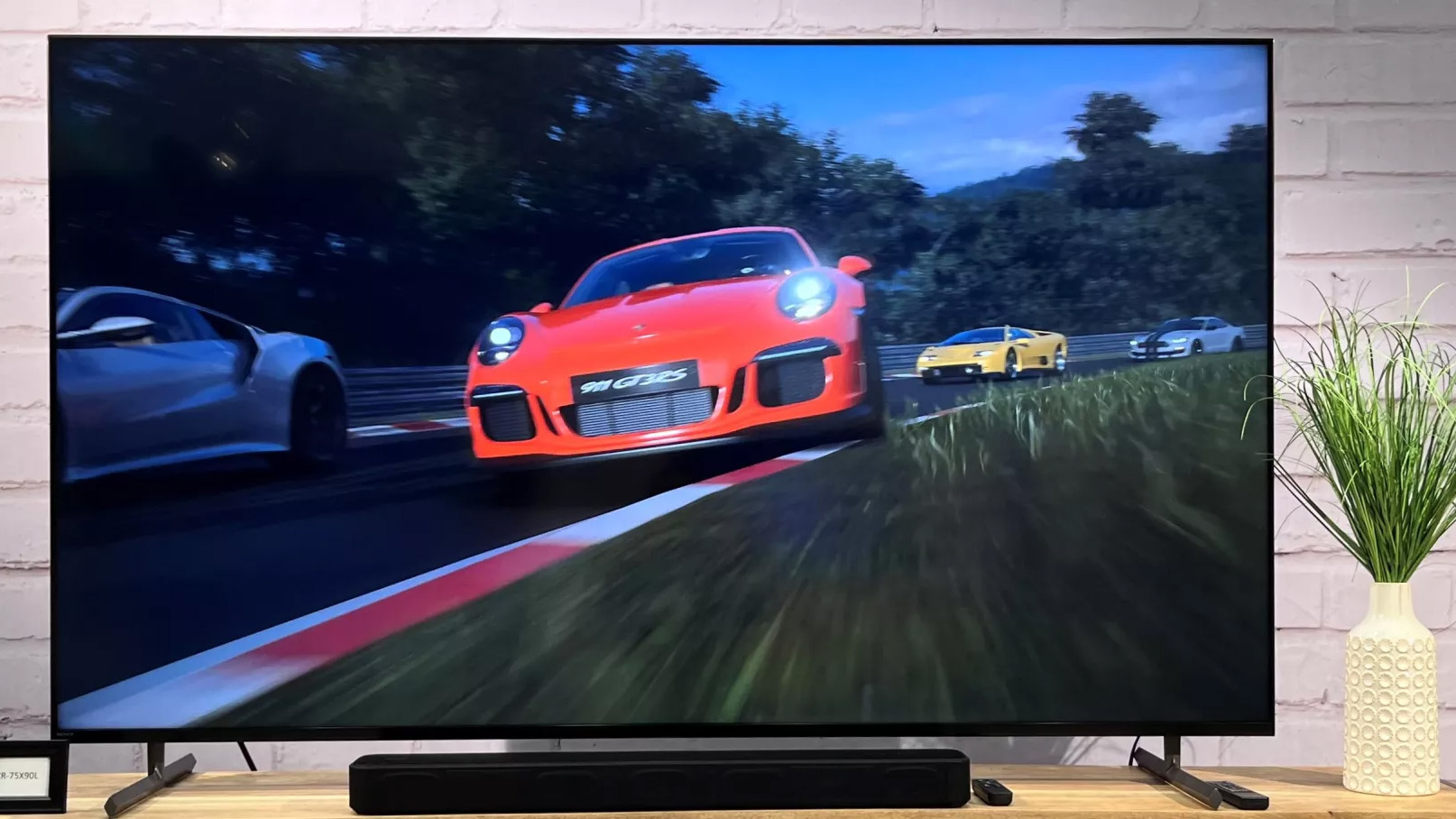
Sony X90L vs Sony X90K: Features
The Sony X90L and Sony X90K are both full-array LED-backlit TVs, which means it has a layer of LEDs across the whole back of the screen, and it can dim them in zones to create darker black tones. If Sony’s claims are true, the X90L will have a 30% peak brightness boost over its predecessor, while its local dimming zones are boosted by up 60%, depending on the size.
Based on our eyes-on with the X90L at a recent Sony event held in New York, we can confirm the 2023 LED TV has more precise local dimming than the X90K. As a result, the new model has less blacklight blooming than its predecessor, which means you get less light leaking from bright areas into dark areas. While black levels on the X90L impressed, they’re still not quite at the level of mini-LED TVs such as the Samsung QN95C.
The X90L series uses Sony’s Cognitive Processor XR, which is then paired with features like XR Clear Image (to reduce picture noise), XR Contrast Booster, and XR Triluminos Pro – the latter being Sony’s term for quantum dots, bringing similar color depth as you get from QLED TVs.
As with the X90K, the X90L supports Dolby Vision, HDR10, and HLG forms of HDR. The 2023 model also uses the Google TV platform, and boasts Bravia Core – an app that lets you stream movies at a quality of up to 80Mbps (very close to 4K Blu-ray) if you have a fast enough connection.
In our Sony X90K review, we measured a peak brightness of 964 nits in the TV’s Standard picture mode on a 10% white window. Based on how bright the X90L looked during our brief hands-on with the new panel, we’re confident its light output will be considerably higher than the X90K.
Color details on the X90L also appear richer and more precise than on the 2022 model. That said, at a similar Sony demo in the UK, we thought the X90L was oversharpening film grain in certain images, but we'd need more time to really assess the processing.
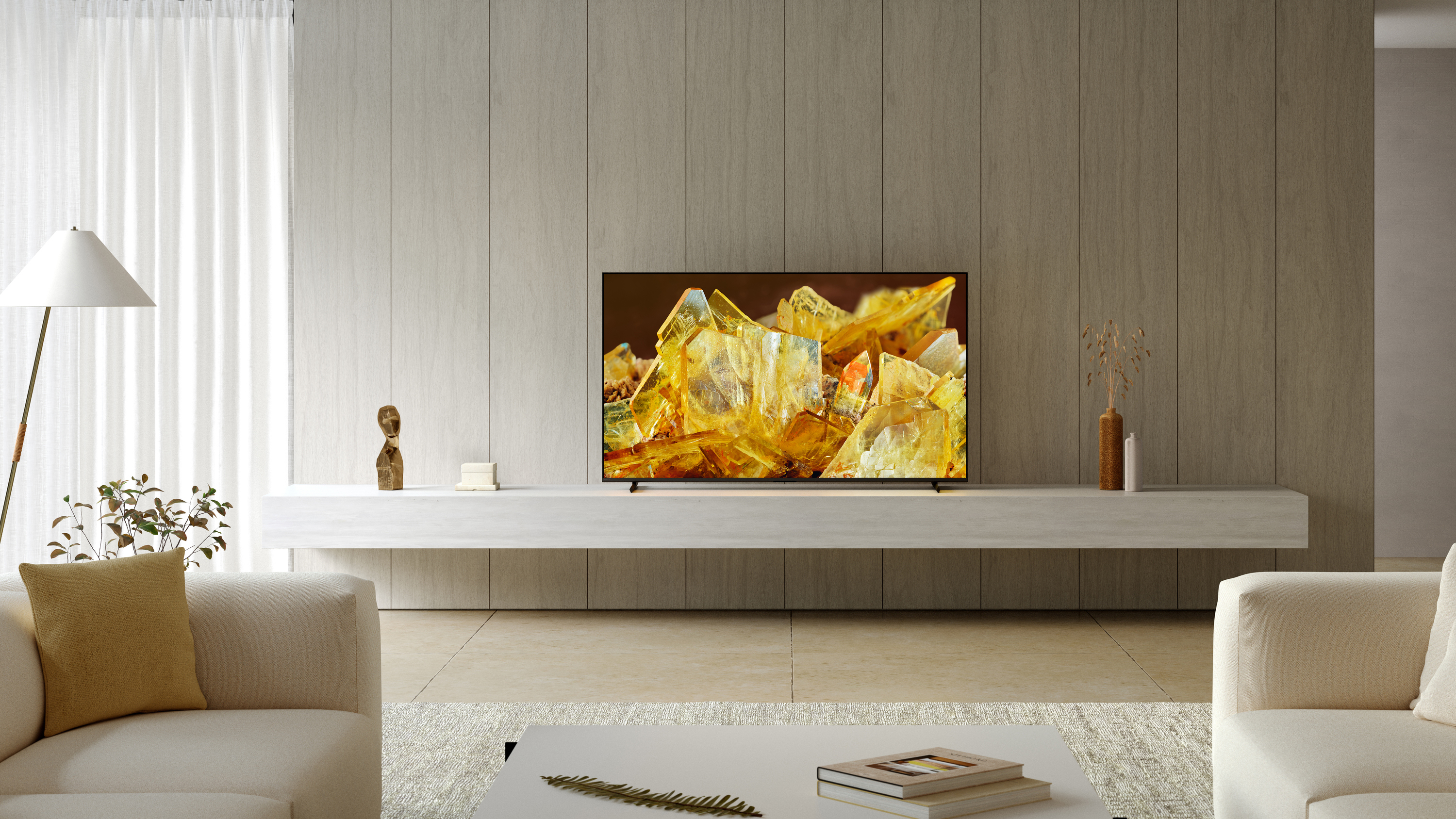
Seeing as the X90K was an excellent gaming TV, it’s no surprise that the X90L is also an ideal screen to pair with a next-gen console. Like its predecessor, the X90L has two HDMI 2.1 ports that support a 4K/120Hz signal, and it also boasts VRR and ALLM support. There are also two HDMI 2.0 ports.
As with the X90K, the X90L is branded as ‘Perfect for PlayStation 5’. Away from Sony’s buzz phrases, this means Auto HDR Tone Mapping and an Auto Genre Picture Mode kick in as soon as you connect a PS5 to the X90L, helping the console to tweak its output to match your TV's capabilities. We also expect the X90L to hand in low input lag – the X90K measures in at 13.8ms in Game mode.
The A90L also has some new gaming controls though, providing quick access to settings including being able to raise black tones so it's easier to see enemies in the dark, and you can make the picture smaller on the TV frame, which some people prefer in fast-action games.
While the A90L likely won’t sound as impressive as the upcoming Sony A95L QD-OLED – sadly the new LED isn’t treated to the OLED’s screen-vibrating Acoustic Surface Audio+ actuators – it should still offer a compelling audio experience. The A90L features Acoustic Multi-Audio with sound positioning tweeters to ensure dialogue and sound effects are elevated. This X90K has the same system, and it seriously impressed us during last year’s review.
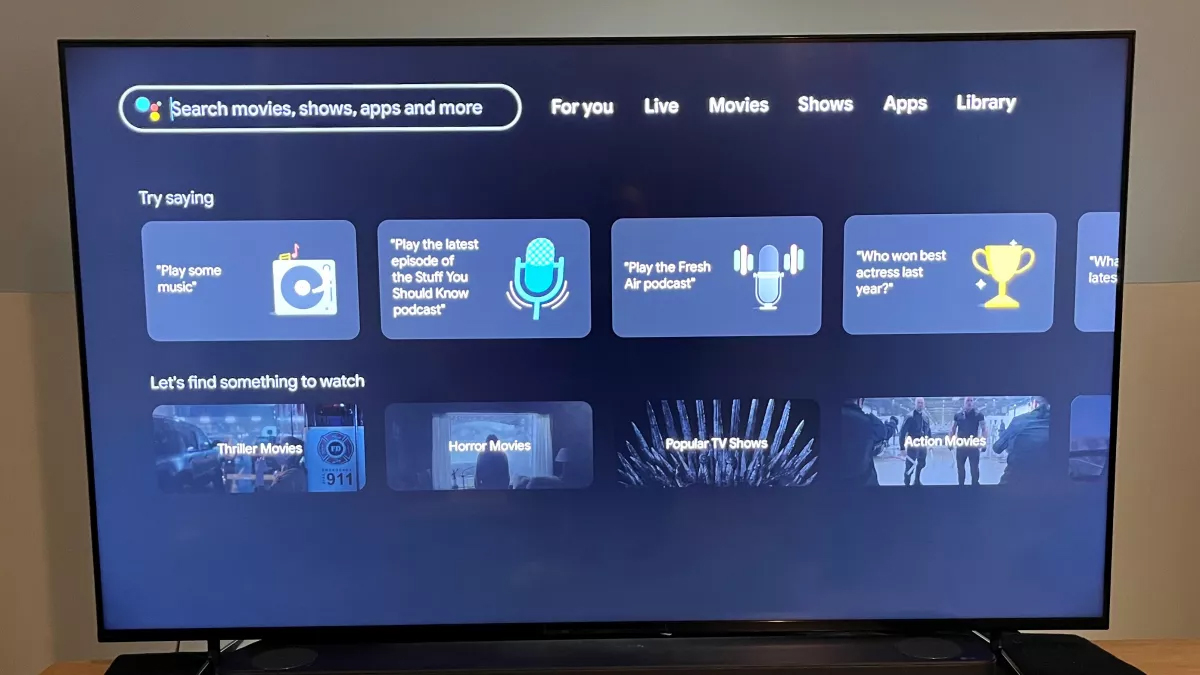
Sony X90L vs Sony X90K: Design
The Sony X90L immediately feels like more of a premium TV than the X90K thanks to its new aluminium bezel. Said bezel is also tiny, making the 2023 model look seriously good.
By contrast, the X90K isn’t quite as much of a looker. Though its bezel is still slim, it’s a bulkier TV than the X90L, which is partly because of its full-array LED backlight.
One design feature both TVs share is a multi-positional stand, which lets you either place the screen flush with the stand or to raise it slightly to make space for a soundbar.
The new 98-inch version, by the way, has literal handles on the back, so that you've got a chance of carrying it safely (still on your own, of course).
Sony X90L vs Sony X90K: Conclusion
Last year’s Sony X90K remains a good value TV, and a brilliant option for PS5 gamers looking for a new panel thanks to its strong gaming credentials. Even from a brief hands-on with the X90L though, we’re confident it’s a good deal better than its predecessor.
With improved local dimming, black levels are more convincing on the X90L than they are on the X95K. With the same strong gaming features as its predecessor, this could be one of the best LED TVs in 2023. If Sony sells this new range for roughly the same price as the X90K series at launch, the X90L could also be one of the best-value TVs of the year.
Dave is a freelancer who's been writing about tech and video games since 2006, with bylines across GamesRadar+, Total Film, PC Gamer, and Edge. He's been obsessed with all manner of AV equipment ever since his parents first bought him a hideously garish 13-inch CRT TV (complete with built-in VCR, no less) back in 1998. Over the years he’s owned more plasma and OLED TVs than he can count. On an average day, he spends 30% of his waking existence having mild panic attacks about vertical banding and dead pixels.
